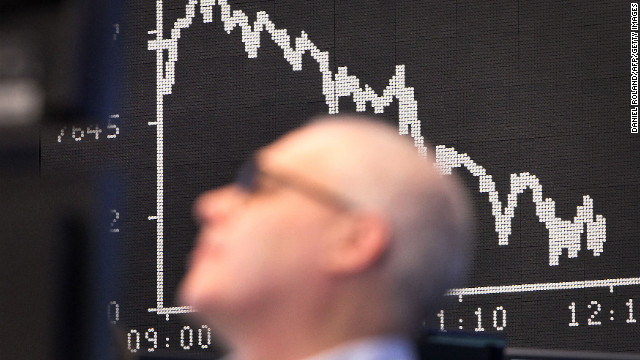By Ralph Atkins and Keith Fray, FT.com

(Financial Times) -- The global pool of government bonds with triple A status from the three main rating agencies, the bedrock of the financial -system, has shrunk more than 60 per cent since the financial crisis triggered a wave of downgrades across the advanced economies.
The expulsion of the US, the UK and France from the "nine-As" club has led to the contraction in the stock of -government bonds deemed the safest by Fitch, Moody's and Standard & Poor's, from almost $11tn at the start of 2007 to just $4tn now, according to Financial Times analysis.
The shrinkage, largely a result of the US's downgrade by S&P in August 2011, is part of a dramatic redrawing of the world credit ratings map, which is encouraging investment flows into emerging markets and forcing investors and financial regulators to rethink definitions of "safe" assets.
While US and European government downgrades have dominated headlines, the FT's analysis highlights the series of upgrades across much of the rest of the world -- especially in Latin America.
Topping the list in the scale of credit upgrades since January 2007 are Uruguay, Bolivia and Brazil. The biggest downgrades were in crisis-hit southern Europe, with Greece seeing the steepest drop.
The results highlight the geoeconomic changes wrought by the tensions in global financial markets since mid-2007 and the upending of previous assumptions about the stability of banking systems and public finances.
David Riley, global head of sovereign ratings at Fitch, said: "Five years ago, the world was a fairly predictable place. Banking crises were typically things that happened in emerging markets. Now we're in a world where a lot of those assumptions have gone."
The highest credit grades are still dominated by advanced western economies but average ratings over the past six years have fallen furthest in the crisis-hit eurozone. In contrast, the biggest average upward ratings have been in Latin America followed by newly industrialised Asian countries.
The shifts show "where strong and sustainable growth is likely to be in the future", said Bart Oosterveld, head of sovereign ratings at Moody's.
John Chambers, chairman of S&P's sovereign ratings committee, said many emerging markets have undertaken reforms that have improved their credit standing. "Better economic conditions have helped. It is easier to carry out reforms when the wind is on your back, rather than in your face."
Upgrades of emerging market economies have expanded the pool of government assets rated in the BBB range -- although the category now includes several fallen European economies. Jonathan Kelly, portfolio manager at Fidelity Investments, said: "Emerging markets were once high risk, high return assets. They are now mainstream."
A further shrinkage in the pool of triple A ratings could fuel fears about a looming "collateral crunch" -- a shortage of those assets that can be used as security by banks and others when borrowing in capital markets or from central banks.
So far most observers believe such a crunch remains a long way off, partly because central banks and regulators have shown a willingness to rewrite the definitions of what is "safe".
But collateral shortages have become acute for banks in those parts of the eurozone worse hit by the region's debt crisis -- and explain why the European Central Bank has had to authorise emergency liquidity for banks in Cyprus.
source
please give me comments thanks


 11:04 PM
11:04 PM
 admin
admin




0 comments:
Post a Comment